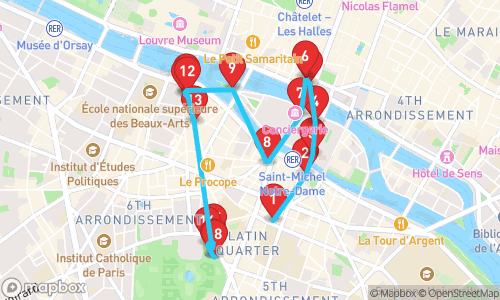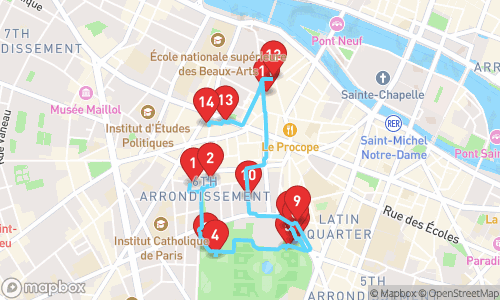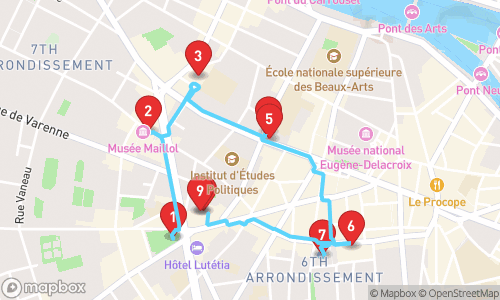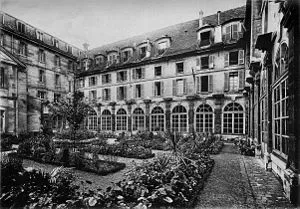


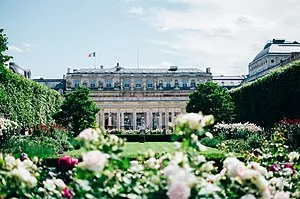
Parijs: Een Wandeling Door Verleden En Heden

Tour Guide
Ryan Multilingual
Welcome to Paris! On this GPS guided audio tour, we will visit 20 stops on a route of 7.58km. This tour focusses mainly on general tourism.
Locatello is an app where you can generate personal audio guided tours. Set your preferred distance, guide, language and theme, and a guided tour is created on the spot.
Walking Time
Distance
stops
Language
Tour Stops

Abbaye-aux-Bois
Abbaye-aux-Bois was a Bernardine convent in Paris, featuring buildings at 16 rue de Sèvres and 11 rue de la Chaise in the 7th arrondissement, with diverse uses and occupants throughout its history before destruction in 1907.

Capitoline Venus
Capitoline Venus: A slightly over lifesize marble statue of Venus, an Antonine copy of a late Hellenistic sculpture that ultimately derives from Praxiteles.

Salle du Palais-Royal
A second theatre at the Palais-Royal, opened in 1770, was the first purpose-built opera house in Paris, with a capacity of over 2,000 spectators, and hosted premieres of many famous operas, including those by Christoph Willibald Gluck and Niccolò Piccinni.

Palais-Royal
Palais-Royal is a royal palace that served as the main Paris residence of the Duke and Duchess of Orléans, Philippe and Henrietta Anne, in the 17th century.
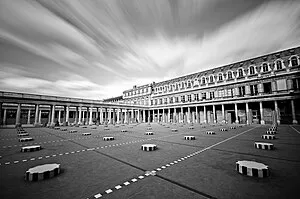
Les Deux Plateaux
A conceptual grid installation formed by black-and-white columns of varying heights, poking out of the courtyard floor like seaside rock, concealing ventilation shafts and creating pools of water where passersby can toss coins.
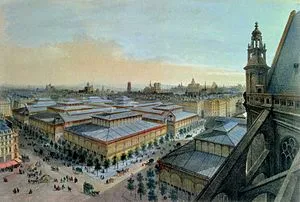
Les Halles
A food market, Les Halles was historically Paris' central wholesale market, also known as the "Belly of Paris".

Palais de la Cité
A palace with a rich history dating back to the Roman Empire, Palais de la Cité has served as a royal residence, fortress, and administrative center, with many monarchs living and ruling from its halls.

Conciergerie
A former royal palace turned courthouse and prison, the Conciergerie served as a medieval fortress and residence for French monarchs before being converted into a prison during the French Revolution.
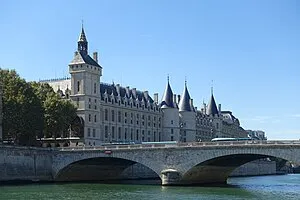
tour de l'Horloge
A medieval clock tower in the palace of justice in Paris, part of the Conciergerie, features a Gothic-style clock face with four-digit Roman numerals and ornate decorations, including alligator-shaped hour and minute hands.

Sainte Chapelle
A secularized church, Sainte Chapelle is a masterpiece of Gothic architecture, built to house the relics of Christ, including the crown of thorns, and features an extensive restoration project to return its original splendor.

Saint-Germain l'Auxerrois
A Catholic church building, Saint-Germain l'Auxerrois, features a unique choir longer than its nave, with Gothic architecture and Renaissance decoration.
Audio Preview
30 sec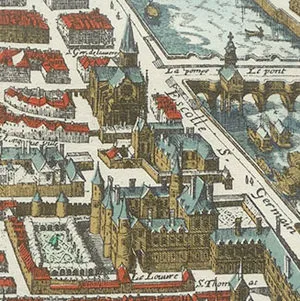
Hôtel du Petit-Bourbon
A former Parisian town house of the royal family of Bourbon, constructed in the 14th century, served as a royal residence and hosted court functions, including ballets, operas, and theatre performances.

Venus de Milo
A marble sculpture of ancient Greece, created during the Hellenistic period, believed to depict Aphrodite, the Greek goddess of love, and now considered one of the most famous works of ancient Greek sculpture in the world.
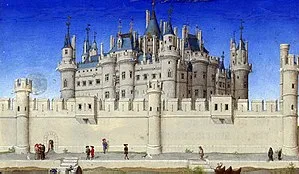
Louvre Castle
The Louvre Castle, also referred to as the Medieval Louvre, was a castle built by Philip II of France on the right bank of the Seine to reinforce the city wall and evolved into a royal residence.
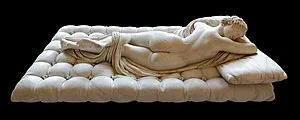
Sleeping Hermaphrodite
A marble statue depicting Hermaphroditus in a sleeping pose, with a life-like buttoned mattress sculpted by Gian Lorenzo Bernini in 1620.
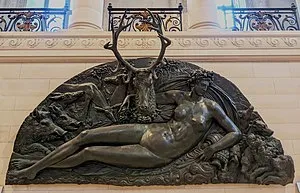
Fontainebleau Nymph
A bronze relief sculpture of a reclining nude nymph with animals, created by Benvenuto Cellini in 1543, featuring a long-limbed female figure with a stag, wild boars, dogs, and other animals.
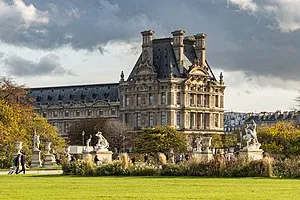
Louvre Palace
A vast complex of wings and pavilions, the Louvre Palace is the result of many phases of building, modification, destruction, and reconstruction, reflecting the French monarchy and state's desire for historical continuity.
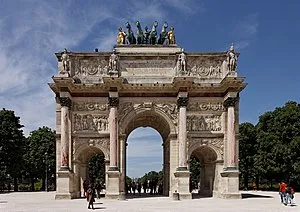
arc de triomphe du Carrousel
A triumphal arch in Paris, the Arc de Triomphe du Carrousel is an example of Neoclassical architecture in the Corinthian order, built between 1806 and 1808 to commemorate Napoleon's military victories.
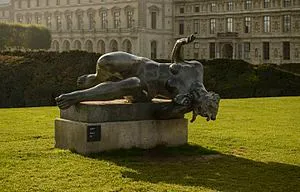
La Rivière
A riverine sculpture by Aristide Maillol, La Rivière is a lead or bronze representation of a serene waterway, often featured in various gardens and museums worldwide.
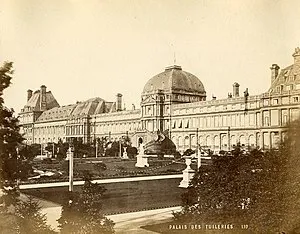
Tuileries Palace
A palace built for Catherine de' Medici in 1564, originally designed as an Italian Renaissance garden by Bernard de Carnesse and renovated in 1664 by André Le Nôtre into a jardin à la française.
Download App
Experience this tour and many more with our mobile app. Available for iOS and Android.
Audio Preview
Tour Map
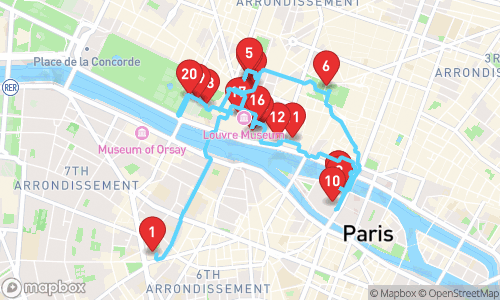
Quick Facts
- ✓GPS-guided navigation
- ✓Professional audio narration
- ✓Offline maps available
- ✓Premium content included
Why Choose This Tour
Expert Local Guide
Narrated by Jenny Multilingual, specializing in general tourism
Flexible Timing
Take the tour at your own pace, any time of day
